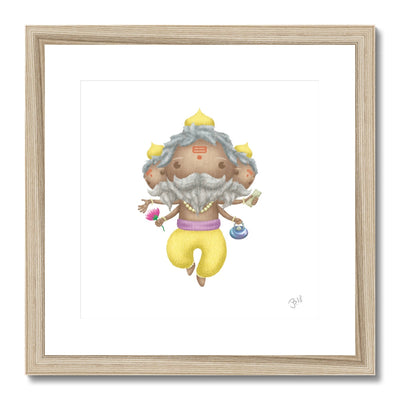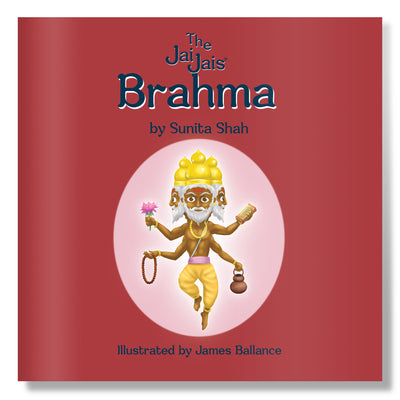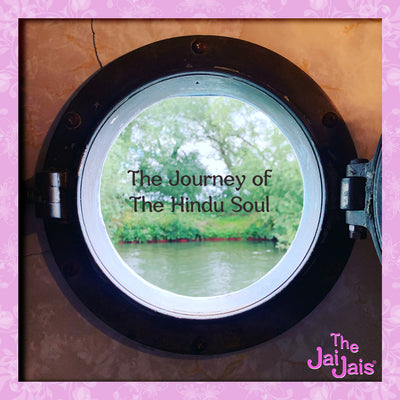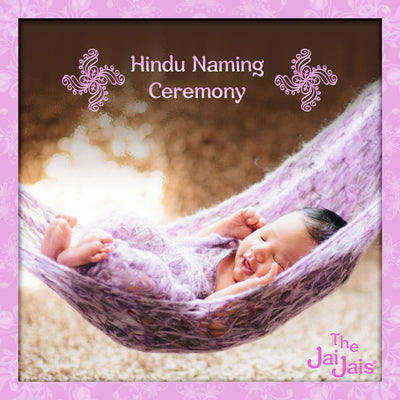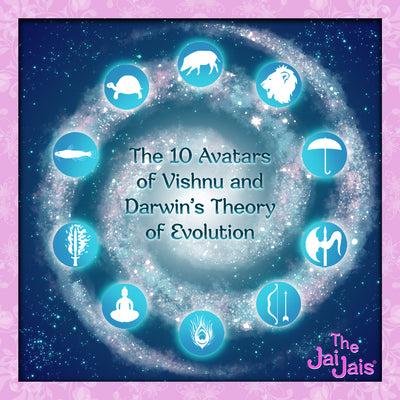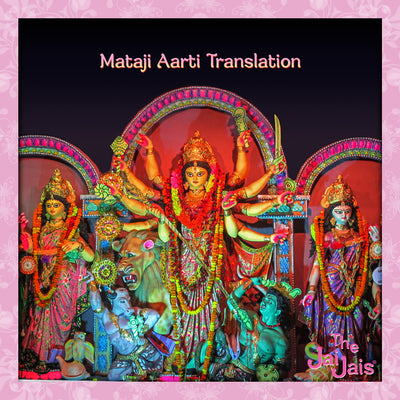In Vedic Sanskrit, Yoga means “to add,” and it can also mean connection and union. There are many stories surrounding the beginnings of Yoga, and the oldest known stories surround the Hindu Gods, including Lord Shiva. Four specific periods pertain to the origins of Yoga, and these are:
- Vedic Period
- Pre-Classical Period
- Classical Period
- Post-Classical Period
Understanding each period is essential, but it’s particularly important to get to grips on the Vedic Period and what happened before that time. Let’s explore this.
Yoga as a Hindu Spiritual Discipline
Yoga is a Hindu spiritual discipline, and it includes breath control and meditation during the adoption of specific positions for the body. It’s widely practiced as good for the health of the mind and body, and it is designed to relax you and give you a feeling of empowerment. Before you undertake a session of Yoga, it’s essential to understand its origins and where your mantras and affirmations come from.
The Existence of Yoga
The existence of the Vedas marks the first period of Yoga, and it all began in the Himalayas. Mount Kailash was the home to Lord Shiva, a great Hindu God. Lord Shiva sat as part of a trinity of Gods: Brahma the Creator, Vishnu the Preserver and Shiva the Destroyer of Evil. The Vedas is a collection of hymns that praise a divine power, and they contain the oldest known teachings of Yoga. They exist to surpass the limitations of the mind, and all during the Vedic period, people relied on Yogis to teach them how to live in divine harmony. Lord Shiva was the husband of Parvati and father to Kartikeya, the Hindu God of war and Ganesh, the Elephant God.
Lord Shiva has three eyes, and in the same way, we discuss opening our third eye during Yoga, Shiva’s third eye represents his high powers, only opening to root out evil. Hinduism emphasizes the purification of the body and mind with Yoga and Tantra, so the third eye being cleansed dates right back to Lord Shiva. His is the founder and father of Yoga, and this all began 15,000 years ago. His meditative position is the Lotus position, and he stays in this position in silence in the Kailash mountains. When he doesn't meditate, he engages in ecstatic dance. It’s for this reason that Lord Shiva is known as the Natraj (The Lord of Dance). His cosmic dance is also known as the Tandav, and it balances the universe reflecting his Yoga poses as he moves. It’s rumoured that with his intense cosmic energy, Lord Shiva controls the function of the universe with his subconscious mind.
Parvati is Lord Shiva’s wife, and she is a kind-hearted goddess. Lord Shiva shared all of his information and knowledge on Yoga with her, and she wanted to share it further with others. She believed that the introduction of Yoga to humans would rid their pain and suffering, which is where Vedic Yoga was truly born. Initially, Lord Shiva did not want to share this knowledge with humans, but for Parvati, he allowed her wish to come true. The night that Lord Shiva taught Parvati all he knew was describes as the Ujyaster anena iti yogah. Yoga is joining of the individual consciousness (or Jivatma) to the Universal Consciousness (Paramatma).
The subject of Yoga has been dealt extensively in many ancient Indian scriptures like – Patanjali Yoga Sutras, Bhagvat Gita, Upanishads, Yoga Vasishta, Hatha Yoga Pradeepika, Gheranda Samhita, Siva Samhita, Puranas, etc. Also in recent times, eminent spiritual leaders like Swami Vivekananda and Sri Aurobindo has further clarified the concept and purpose of Yoga philosophy. This means “yoga is that which joins, unites or binds.
There was a second set of yogic teachings that came from the seven Rishis (Saptrishis), which are Hindu saints or sages. Adi Yogi guided these Rishis with one dimension of Yoga on the Kani Sarovar, a lake above Kedarnath in the Himalayas. Rishis are known as the most evolved light beings in creation, the guardians of the divine laws, and knowledgeable in all areas of Yoga. Rishis were put here to spread the word to humankind, and the night this happened, it was called Mahashivratri. This is a famous Hindu festival now to worship Lord Shiva. They believe that if someone stays awake all night long, they can sit with their spine upright and push toward their spiritual peak.
Much of Hindu mythology talks about Yoga as supernatural in its power and its ability to attain spirituality. Lord Shiva was known as a superhero with the power that he gave to the world, and there is a great deal of variations of this story in history.
Yoga Today
In today’s Yoga, we recite mantras, and they have their own power and significance. All mantras are unique, but the one that we use the most is the Omkara, which we recite as “Om.” Lord Shiva is the source of the mantras that we have today, and they work to create more space in the mind and spirit.
Today, Yoga has moved across the globe and was imported firmly in the west when Indra Devi opened a Yoga studio in Hollywood in 1947. Many more western and Indian teachers continued to follow suit, popularizing Hatha Yoga. There are millions of followers of Yoga today, and it all began with Lord Shiva and his wife Parvati, and their wish to share knowledge across the world. Those who are currently practicing Yoga should remember the great Lord Shiva of Yoga. Surrendering the mind to Lord Shiva will naturally reveal the powers of Yoga, evolving you beyond your present limitations and embracing your spiritual self.
There are many different practice areas of Yoga today, and it has significantly evolved over thousands of years to be inclusive and bring peace and light into the lives of those who struggle. With the help of Lord Shiva and Parvati, Yoga can continue to do that - and it all began thousands of years ago.




